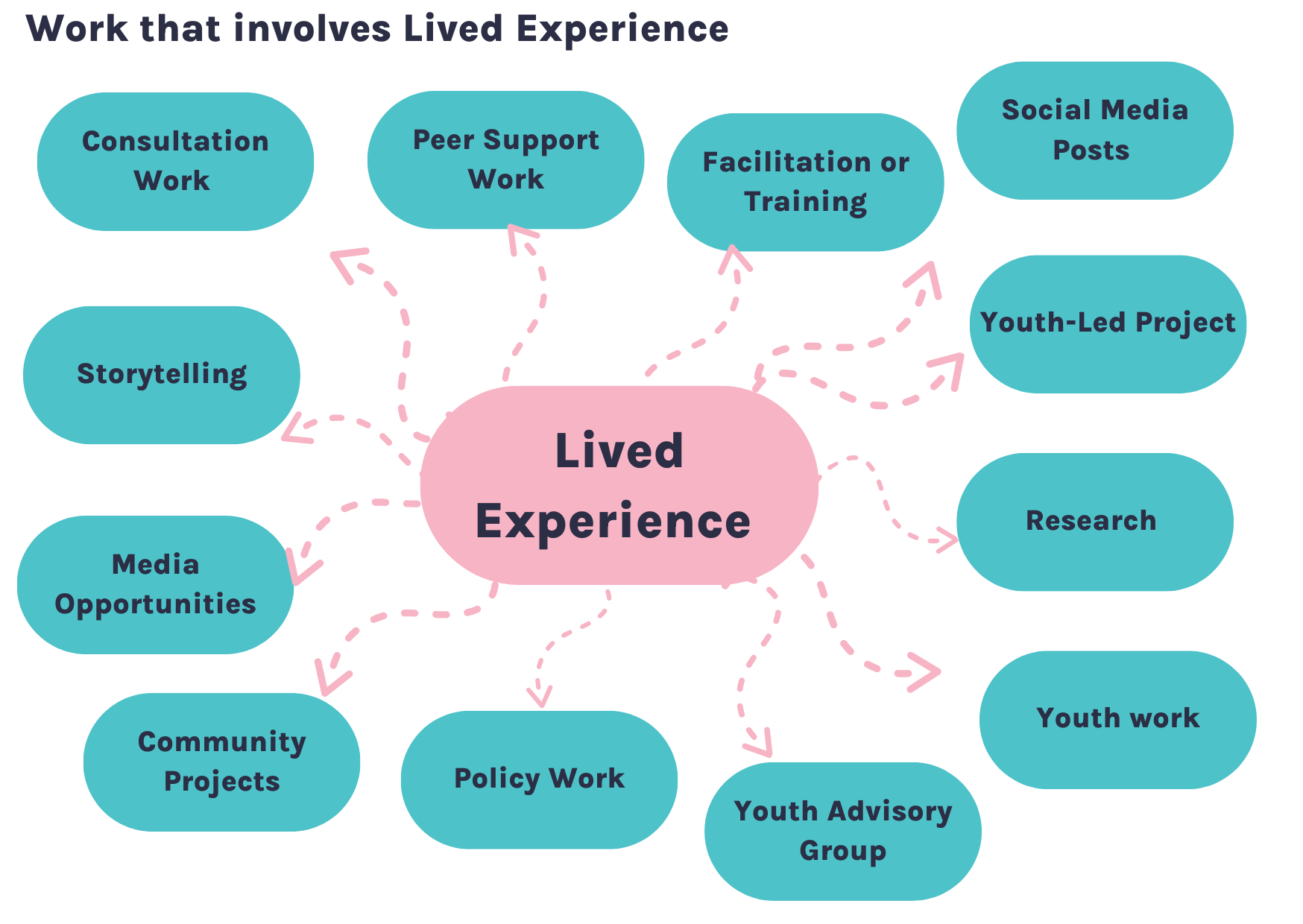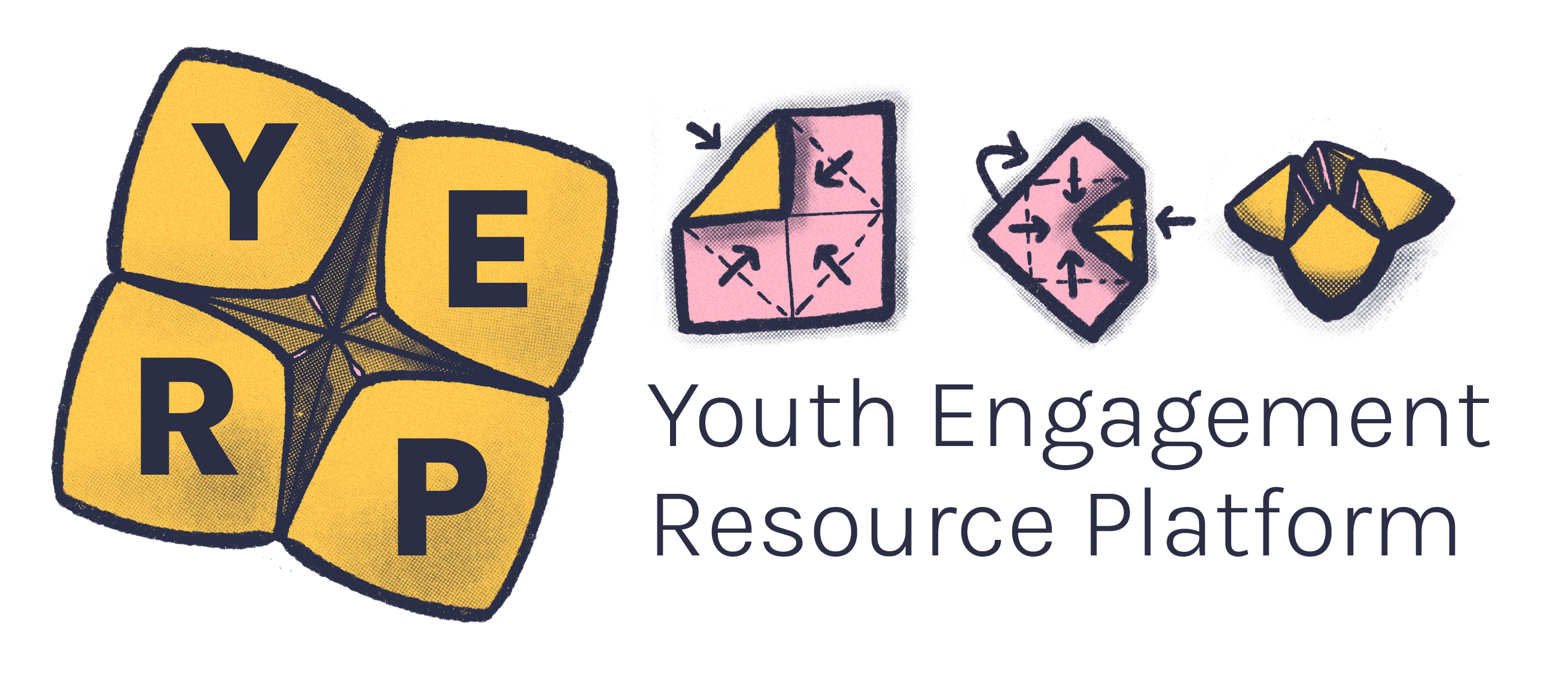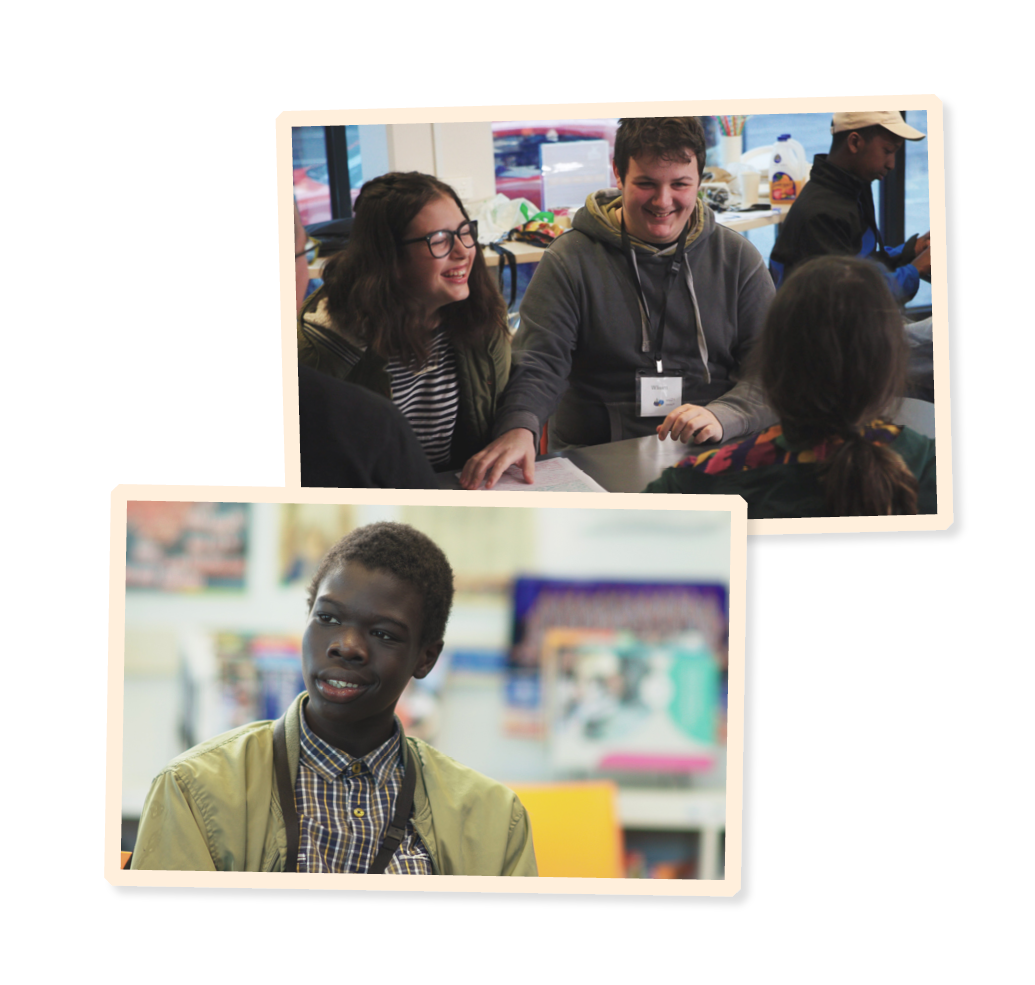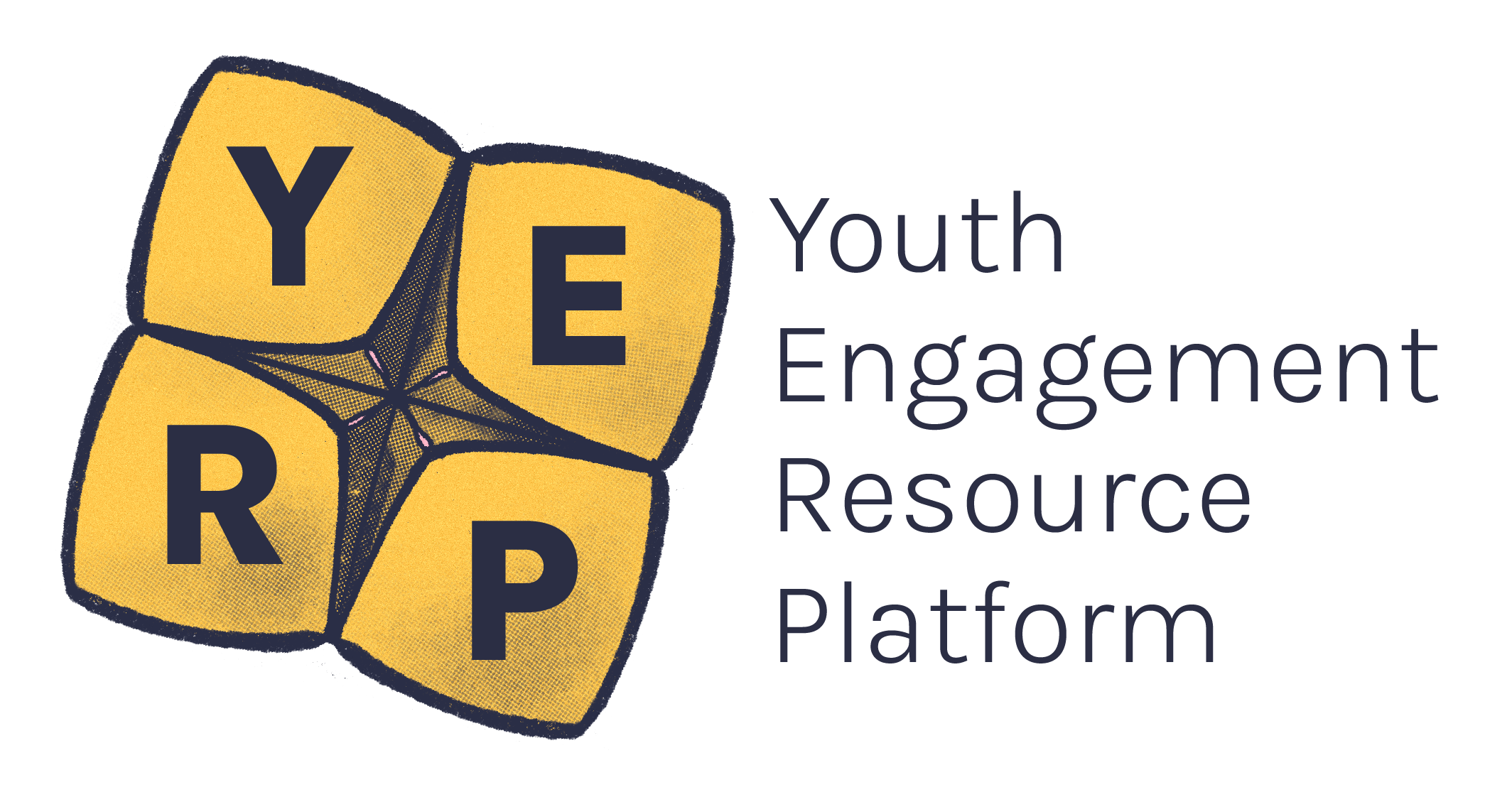As a young person, you may come across the terms ‘lived experience’ or ‘peer work’ in your daily life through work, education or in your advocacy journey.
Let’s break down what each term actually means, and what the difference is!
Lived experience is the unique knowledge, abilities and qualities a person develops through their life. It could be from facing a specific challenge, being part of a certain community or identity group, or other life experiences.
You might have lived experience based on how a family member or friend’s life has impacted you. For example, as a carer of a family member with a mental illness.
Due to the unique understanding and knowledge you gain from lived experience, you might be asked to:
-
Give an expert opinion
-
Share your experiences
-
Advocate and support others with similar experience.
For example, someone who has experienced homelessness will have unique insights into what people need in that situation, that someone who has never experienced homelessness could know.
For this reason, people with lived experience are often best placed to support and advocate for people in similar situations.
Check out Mac's story to see how he used his lived experience to advocate for himself and his communities in different settings.
A peer worker is someone who is trained to socially and emotionally support others who have gone through a similar life experience to them.
A peer worker is different from a psychologist, doctor or traditional youth work relationship, because:
-
It’s a mutual relationship that allows for deep connection
-
There is a balanced power dynamic
-
They can be more flexible in how they support people
They’re called ‘peer workers’ because they can be thought of as your peer with shared or similar experiences, understanding and empathy.
We can think of lived experience as part of the expertise that peer workers need to effectively do their jobs.
They are interconnected but separate concepts.
Lived experience is also used by a range of people in different professions, not just peer workers. Workplaces and organisations value and utilise lived experience frequently through co-design, policy-making and other advocacy initiatives.
This image is of the work that involves lived experience. It includes:
- Consultation work
- Peer support work
- Facilitation of training
- Social media posts
- Youth-led projects
- Research
- Youth work
- Youth advisory group
- Policy work
- Community projects
- Media opportunities
- Story telling

Peer support and lived experience workers provide invaluable insight and compassion for those with shared experiences. This sense of solidarity can help a person’s healing or processing journey.
The Royal Commission into Victoria's Mental Health System (2021) reported that when services are designed and operated by the people that will utilise them or have lived experience in those areas, outcomes and experiences are stronger and more positive.
Therefore, by centring lived experience, we get better outcomes for all.
-
Cambridge dictionary. (n.d). Lived experience. https://dictionary.cambridge.org/us/dictionary/english/lived-experience
-
Department of Health. (18 March 2022). Lived experience. https://www.health.vic.gov.au/mental-health-reform/lived-experience
-
Lived experience workforce program. (n.d). Lived Experience Workforce Program (LEWP): leading Peer workforce development. https://mhcsa.org.au/lived-experience-workforce-program/
-
Orygen. (n.d). Resources. https://www.orygen.org.au/Training/Resources
-
Queensland government. (26 July 2019). Peer support workers. https://metrosouth.health.qld.gov.au/mental-health/work-for-us-0/peer-support-workers
-
Royal Commission into Victoria’s mental health system. (2 March 2021). Final Report. Volume 1. A new approach to mental health and wellbeing in Victoria. chrome-extension://efaidnbmnnnibpcajpcglclefindmkaj/https://content.vic.gov.au/sites/default/files/2024-01/RCVMHS_FinalReport_Vol1_Accessible.pdf





